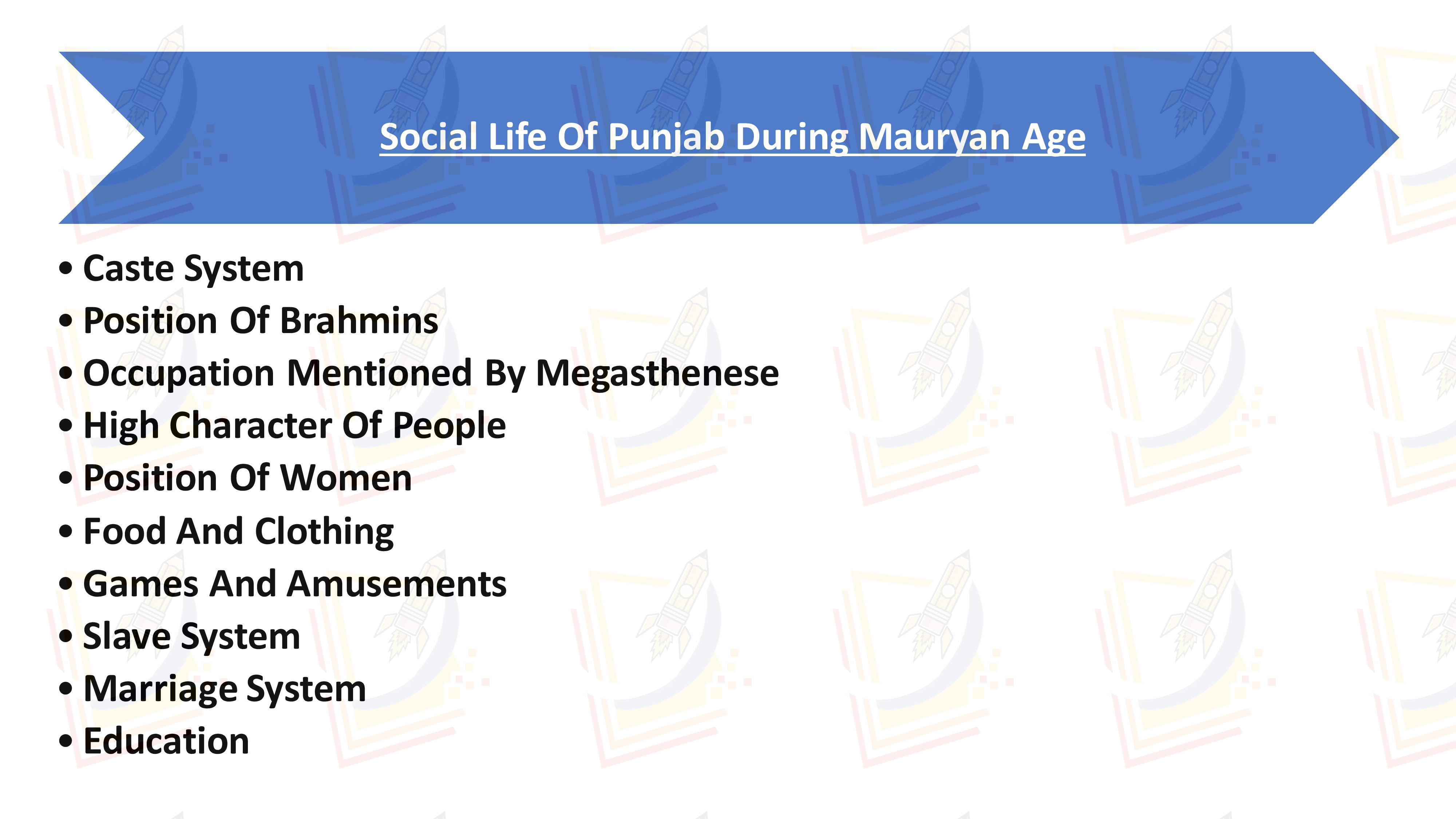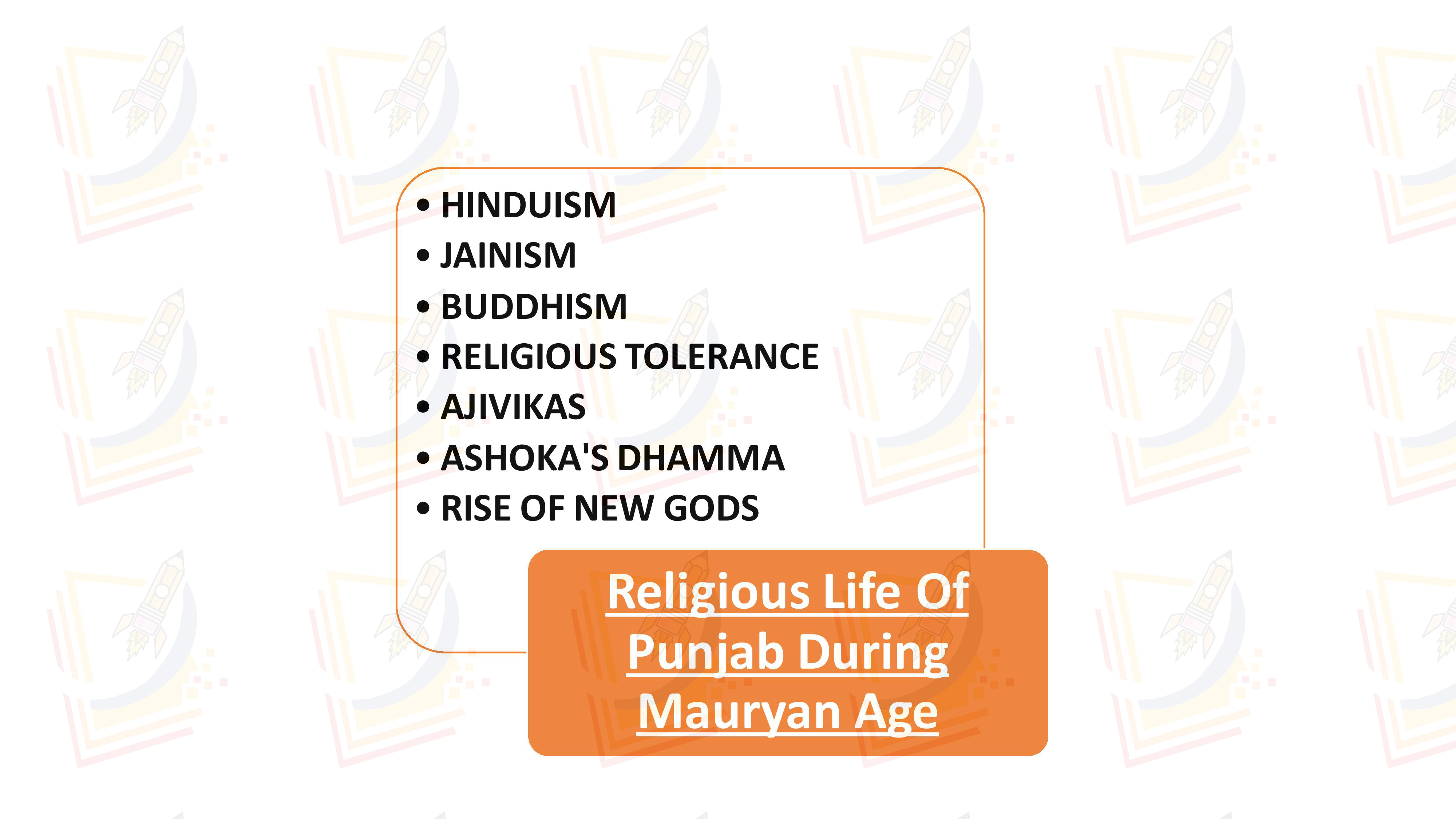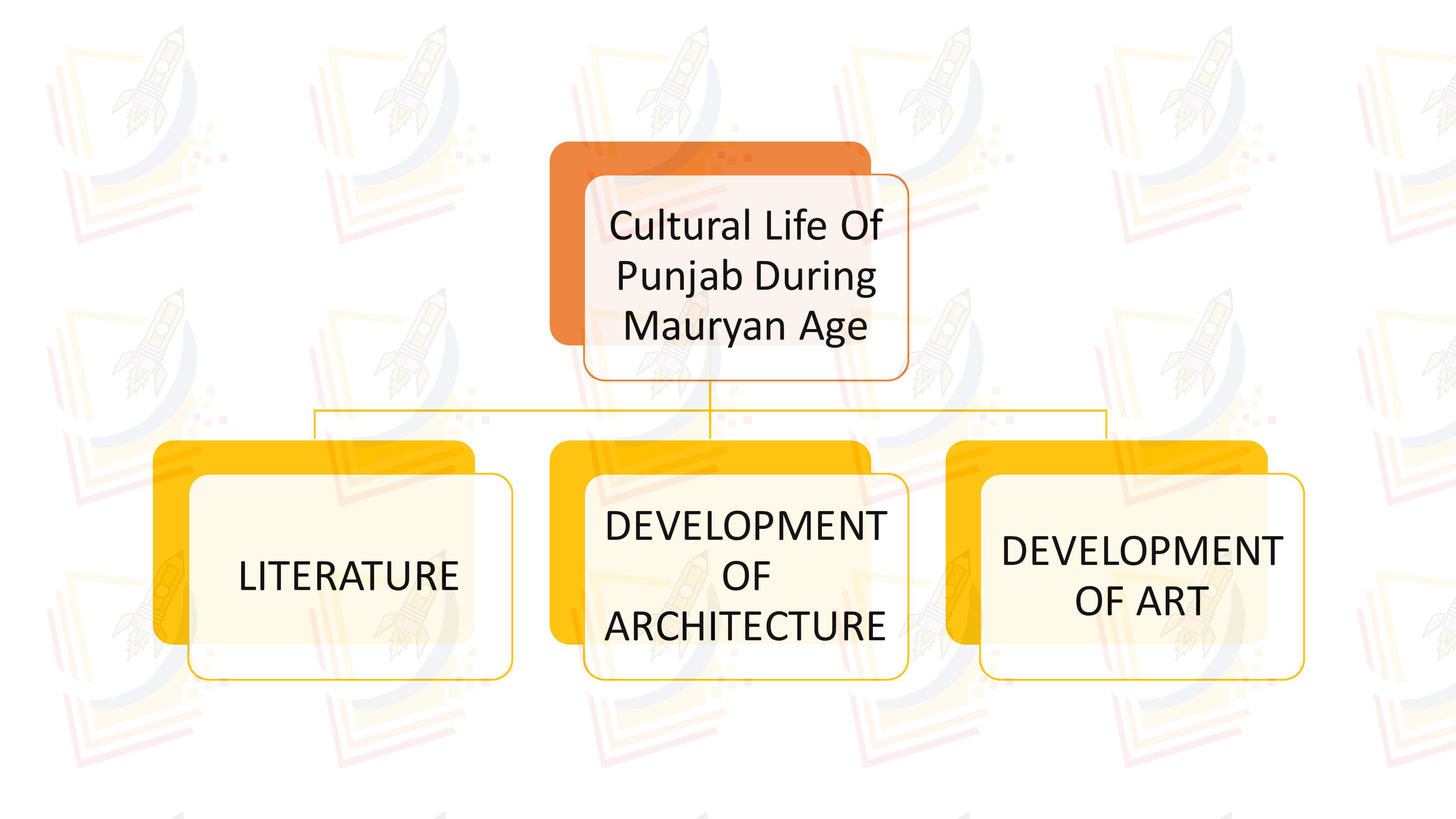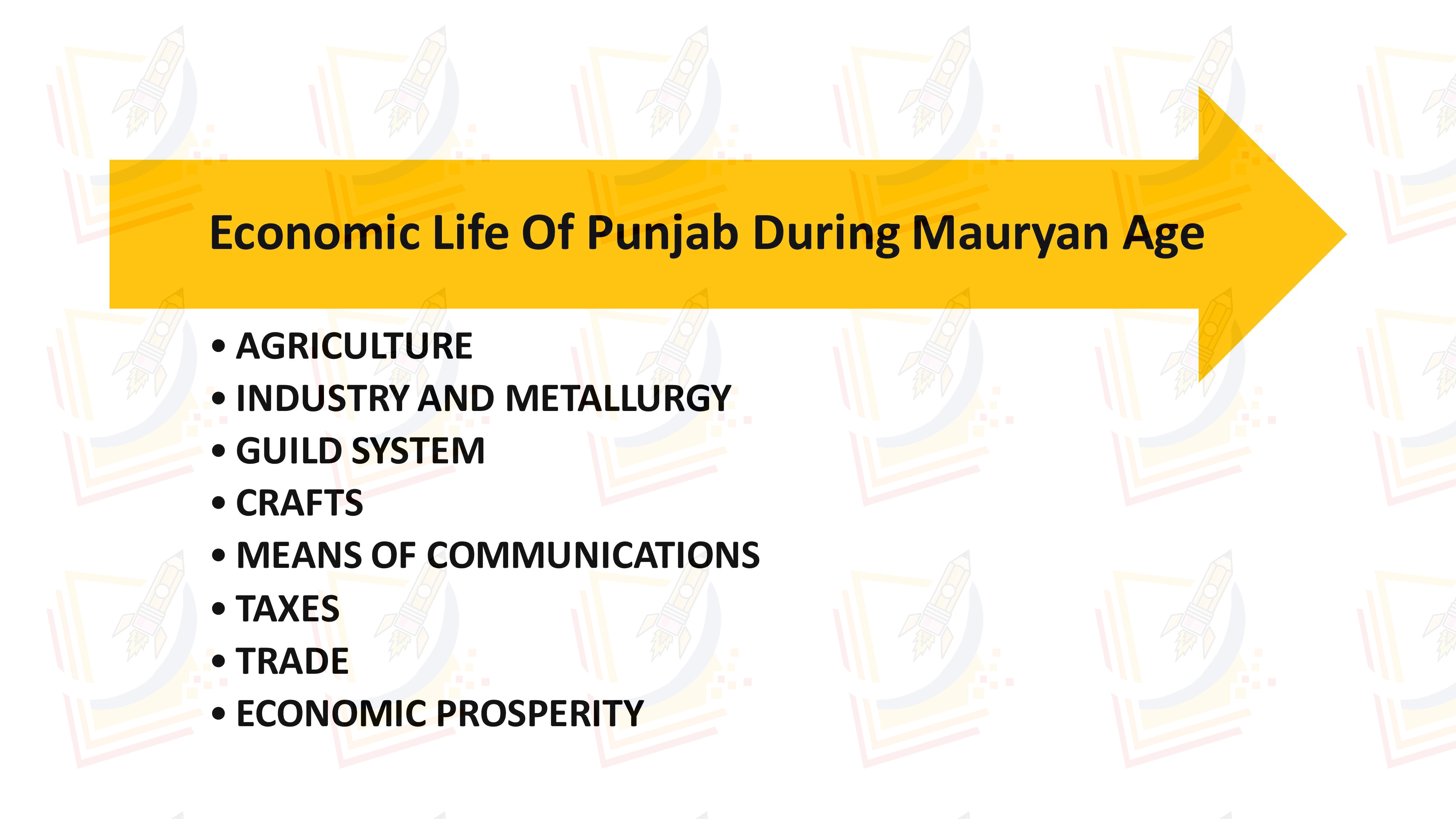INTRODUCTION :
Mauryans in 4th century B.C built the first unified empire in India. Due to the invasion of Alexander the large political chaos happened in punjab. This weakened the power of small independent states of Punjab that easily fell under the Chandra Gupta Maurya and established the Mauryan empire.
After the 6th century Magadha and other dynasties like the Haryanka dynasty , Shishunaga dynasty and Nanda dynasty flourished. But the Mauryan empire was distinguished for its extension of territories and bringing stability and public welfare commitments.
CONQUEST OF CHANDRA GUPTA MAURYA :
- CONQUEST OF PUNJAB : With the death of Alexander the Chandra Gupta Maurya with the help of Chanakya raised a powerful army and defeated the Greek soldiers and occupied the Punjab province. .
- CONQUEST OF MAGADHA : After the Punjab now it was the turn of Magadha whose ruler was Dhana Nanda who was greedy and oppressive. To defeat him Chandra Gupta aimed to collect a vast army. When he saw himself capable he invaded magadha. In the battle the Dhana Nanda and many Nanda princes were killed.
- INVASION OF SELEKUS NIKATOR IN 305 B.C. : Selekus who was known as Nikator by Greeks was general of Alexander. With the death of Alexander he captured Asiatic province and thought to strengthen his position back in India . With this a great battle was fought in which Selekus was defeated by Chandra Gupta Maurya. The battle ended with peace treaty between both parties.
- OTHER CONQUESTS : after big conquests Chandra Gupta made some other conquest too of which some are:
- Gujarat,
- Kathi war,
- Deccan
Thus the empire of Chandra Gupta extended from Bengal tk Hindu Kush and from the Himalayas to Narmada which comprised modern day Afghanistan, U.P, Gujarat , Bengal, Bihar, Punjab, Kathiwar and Sauurashtra.
DEATH OF CHANDRA GUPTA MAURYA :
As per Puranas , Chandra Gupta ruled for 24 years and died in 298B.C.
According to Jain book , during the last year's of Chandra Gupta Maurya handed over the reign to his son Bindusar.
SOCIAL LIFE OF PUNJAB DURING MAURYAN AGE :

- CASTE SYSTEM : Caste system was not very rich . Intercaste marriages prevailed. The arthashastra refers to troops recruited from all the four varnas. In the ashokan inscription the presence of four castes is not mentioned. During ashoka reign the caste became fragile due to inter mingling of foreigner with people of punjab
- POSITION OF BRAHMINS : Highest authority of the Mauryan empire was Brahmin. Purohita acted as the preceptor of the king , influencing politics. With the spread of Buddhism and Jainism, Brahman orthodoxy began to threaten.
- OCCUPATION MENTIONED BY MEGASTHENESE : Seven caste were referred by Megasthenese:-
- Philosophers (Bhramins, monks)
- Farmers (sudras)
- Soldiers
- Herdsmen
- Artisans
- Magistrates
- Councilors
- HIGH CHARACTER OF PEOPLE : As per Megasthenese the people were honest leading sacred life. People lived frugally with strict ethics of life. Litigation was absolutely rare.
- POSITION OF WOMEN : conditions of women had deteriorated but enjoyed certain freedom.
- Women's were educated
- Arthashastra imposed stigmas on women
- The Purdah system had come into vogue.
- Widow remarriage and divorce were discouraged.
- Prostitution was prevalent.
- Offences against women were severely dealt with.
- FOOD AND CLOTHING : due to good administration and increase in trade the living standard of people also increases. Richness flourished and people led comfortable lives wearing good clothes. Cotton garments were mostly used by common people and silk and linen with precious stones and even jewels were kept with rich people.
Rice, Pulses,fruits,vegetables, and milk were a common diet of people, meat and liquor were counted during festivals.
- GAMES AND AMUSEMENTS : as mentioned in arthashastra the gaming houses were licensed. Dicing was a Universal game, apart from this Boyts between men and animals, gambling, dance, chariot race, chess were other entertainment sources. Dancing was Universal in Nature.
Sports activities like swimming, boating were common. Hunting was part of royal patronage.
- SLAVE SYSTEM : according to Megasthenese, slaves did not exist in India but it was wrong. Slavery was prevalent while Mauryans encouraged slavery due to economic reasons. Slaves were prosperous while were small in proportion. They were treated as members of the family while trade of Slaves was prohibited as per shastras.
- MARRIAGE SYSTEM : marriage was the most important institution of the Mauryans. No one was allowed to marry outside the caste or occupation. Monogamy was prevalent but rich males kept many wives, even ashoka too had many wives.
The Family institution was well established and the joint family system.was mostly prevalent. Bride gift was the property of married women known as stree dhana. Widows were allowed to marry after the consent of her father in law.
- EDUCATION : Mauryans gave importance to education and its spread. All illiterate Brahmins were condemned by Dharmasastras. Education system was orthodox as like studying under a suitable teacher or private tutor.
Teaching Was the duty of Brahimns but Buddhist monks also contributed towards Education of people.
Gurukuls and monasteries played a crucial role in spreading Education among people.
Ashokan edicts were inscribed on pillars and rocks which were placed in between roads so that people could read it which denoted that the majority of the population was Educated. Evidence of Women's Education is not directly present. Medicine was studied while technical education was imparted through guilds.
RELIGIOUS LIFE :

The Hindu society was divided into three sections
- Hindus
- Jains
- Buddhists
- CHANGES IN HINDUISM : various changes were counted under Hinduism. Lord Vishnu, shiva, agni, and river Ganga and Jamuna were worshipped. Image worship hasn't started, yajnas were performed but animal sacrifice lost its importance.
- JAINISM : As per Jain religion, Chandar Gupta Maurya embraced Jainism in his later days and died due to starvation. Samprat, grandson of ashoka also embraced Jainism.
- BUDDHISM : Growth of Buddhism was at its hipe during the Mauryans. With the full support of Ashoka it spread all over India. He made all efforts to spread Buddhism, made it a state religion and also built the stupas. He propagated Buddhism through inscription in pillars and appointed Dharma Mahamatras to spread its education.
- RELIGIOUS TOLERANCE : Religion tolerance prevailed during Mauryans. People believed in the peaceful living of all religions. No distinction was even made by the government on any ground. People were free to adopt any religion. Ashoka himself adopted Buddhism and tried every possible way to spread it but never compelled anyone to adopt it. He respected Brahmins.
- AJIVIKAS : Besides Jainism and Buddhism, Ajivikas of Makkhali Goshala was another prominent cult during the reign of Bindusara, he and his wife were said to be followers of this sect. Ajivikas belonged to ancient Indian belief of roaming naked who believed in karma, extreme passivity and fatalism.
- ASHOKA'S DHAMMA : To unite the people Ashoka founded Ashoka Dhamma of which main principles were
- Respect for elders
- Love for young ones
- Non violence
- Truth
- Religious toleration
- Charity
- Simple and pious living etc.
- RISE OF NEW GODS : New gud such as Vasudev mentioned by Panini, Skandia was worshipped during the mauryan period.
CULTURAL LIFE :

- LITERATURE : under Mauryans there was great development of literature, languages like Sanskrit, Pali and prakrit were principal languages. KALPASUTRA of Katayana was a figure of work of the age. ARTHASHASTRA written by Kautilya is also a famous work written in Sanskrit. Ashoka used Kharosthi script in the Gandhara Region.
- DEVELOPMENT OF ARCHITECTURE : art and architecture flourished during Mauryans. Stone pillars were created which are great fears of engineering sculptures.
- Construction of pillars, cutting and polishing of stones are the finest examples of highly developed techniques.
- Creation of stupas, such as ashoka built 84000 stupas all over India and Afghanistan of which the best example is Sanchi stupas.
- The Ajivikas caves, the precursors of Ajanta, Bagh and other monasteries.
- City of patliputra, its buildings was the capital of the Mauryan empire.
- DEVELOPMENT OF ART : Mauryan art are classified into two categories :-
- Indigenous art ( free standing stones figure)
- Official or court art ( monolithic pillars)
During the reign of Ashoka the art of jewellery gained much importance and progress some of which are found through excavation at Taxila.
During Mauryans polishing and art of engineering gained much progress. Terracotta toys such as wheeled animals, elephants are also found.
ECONOMIC LIFE :-

- AGRICULTURE : Majority of the population was agriculturalist and agrarian was the major economy. Mauryans rulers made much effort towards agricultural such as added new lands under cultivation, land distribution among farmers, built dams and water reservoirs. Sita land was an officer who supervised the land of high officials. There were seven type of lands under king prerogative:
- The fallow land
- The newly settled jana pada
- The treasures
- The mines and mining
- The pasture land
- The irrigation project
- The forest land
Animal husbandry and cattle breeding were also encouraged.
- INDUSTRY AND METALLURGY :- rapid industrial development can be seen during Mauryans. Major Industries were:
- Textile
- Mining
- Metallurgy
- Ship building
- Jewellery making
- Metal working
State had a monopoly over production and trade articles. Coins were used for the purpose of exchange which were differently made. Most popular coins were Nishka, a gold coin and Purana, a silver coin and Karshapana, a copper coin.
- GUILD SYSTEM : it was used to manage the external and internal trade and was a powerful institution which gave craftsmen great economic, political and judicial powers. The traders had power to formulate their own rules and regulations.
- CRAFTS : the carpenter was a major and important craftsman who developed carts and other important trade articles. The presence of various navigable rivers in Punjab shows that ship building and boat making were important Industries. The state protected the Artisans and crafts from any offences.
- MEANS OF COMMUNICATIONS : Trade practices were carried through land, rivers and the high seas because of which major attention was paid towards roadways and waterways. The Ganges was a great trade route.
- TAXES : Heavy taxation was imposed by states for maintenance of huge civil and military expenditure due to which hardship created on people. But the Mauryan age was economic progress and prosperity. Land revenue was the major source of income from the government. Taxes were levied from both cash and kinds. The land tax was 1/4th to the 1/6th of produce , toll tax was levied everytime products reached to markets. Tax was also levied on manufactured goods.
- TRADE : The external trades were carried out with countries like Syria, Greece, Egypt etc. In western part. The north western regions of India were known for good breads horses due to which horse trade .warehouse, godown and transport arrangements were also made.
- ECONOMIC PROSPERITY : Mauryans built there political power because of great agriculture prosperity. Good administration of Mauryans led to economic prosperity. People of big cities led comfortable life.
CONCLUSION :-
From the above discussion the social, economic,cultural and religious life of people of Punjab can understood. People led highly cultured life under the Mauryans. Trade practices were well managed and big cities existed due to economic prosperity. It can be concluded that administration was well efficient under Mauryans.
BOOK REFRENCE( CLICK TO BUY )
A History of India, Vol. I, Penguin Books, 1966 - Thapar, Romila
